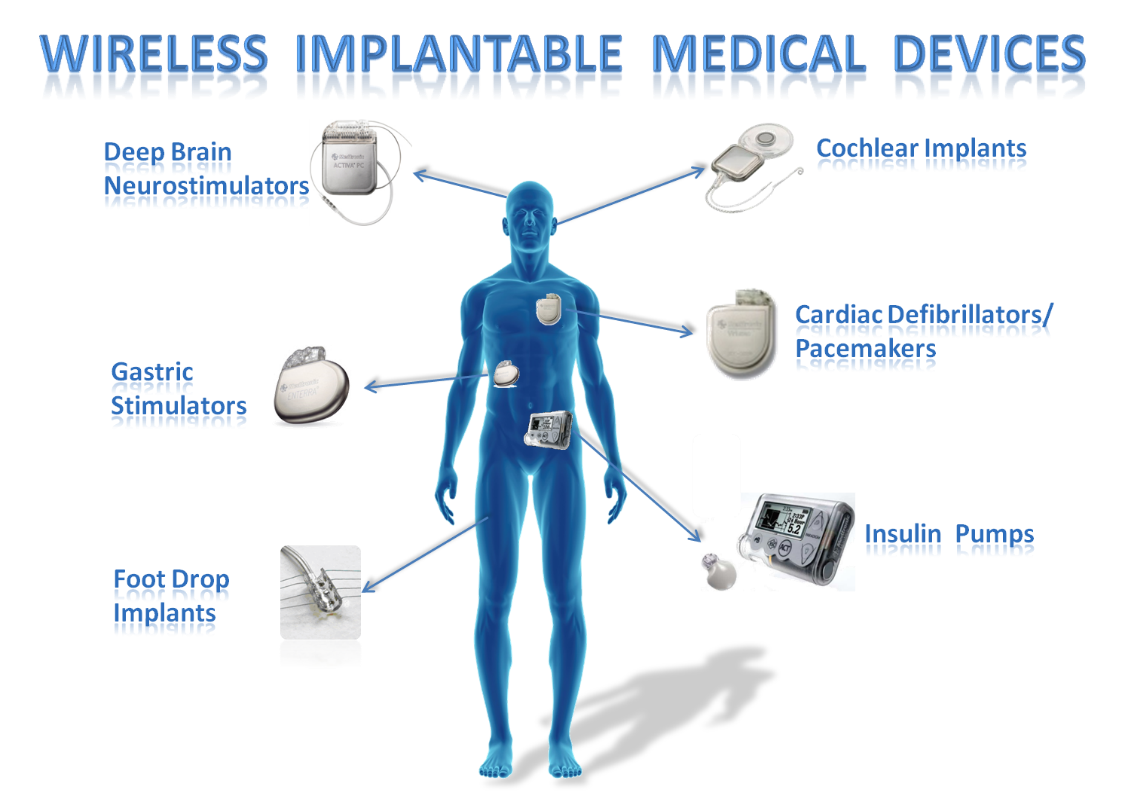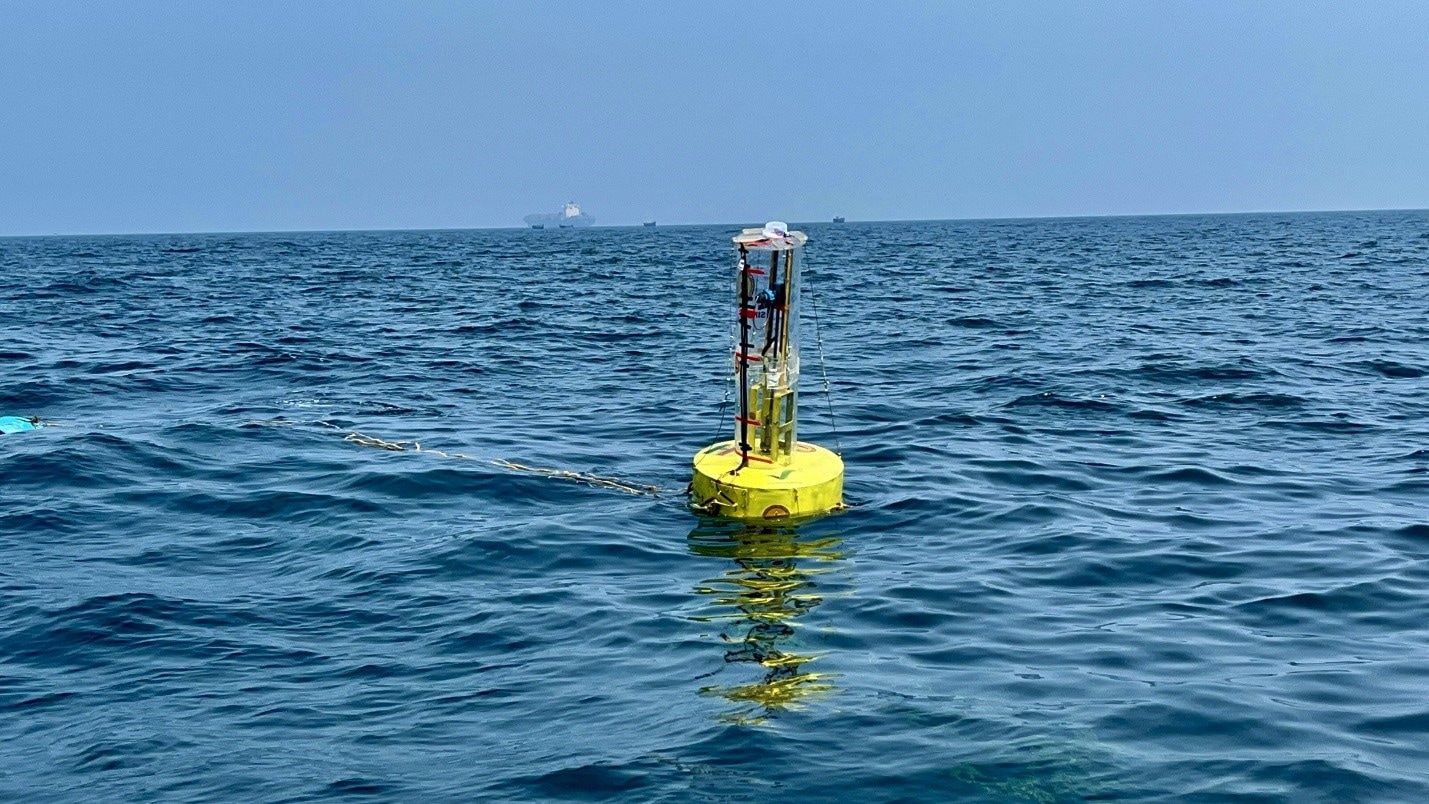Health Data, Too, Is Wealth
Health information is also a resource.
Hospitals need to be aware of cybercrime in the digital age; Connected devices make careless hospitals accomplices in crime.
Cyber crime no longer surprises us. But when you read that the Indian Institute of Medical Sciences (AIIMS), the country's top hospital, has fallen victim to cyberattacks over the past three decades simply for not updating its computers and IT systems, you get nervous. . According to a Mint report, AIIMS has used outdated hardware and software over the years to manage medical records for millions of patients. The theft was discovered on November 23. Therefore, while India's leading hospitals are talking about artificial intelligence (AI) and AIIMS itself is doing robotic work, the staff of AIIMS have been in the digital age for over two weeks. What a funny thing.

Image courtesy of Livemint
According to the report, the central government has dispatched an expert team from the National Investigation Agency (NIA), Defense Research and Development Organization (DRDO), Indian Computer Emergency Response Team (CERT-IN), Delhi Police and Intelligence Bureau. , Central Bureau of Investigation (CBI) and Department of the Interior (MHA). In addition, the institute's management has planned to issue a cyber security policy to protect hospital and patient data. But shouldn't the stables be closed after the horses run away? Today, according to the institute, one is able to work again, but patient questionnaires are still filled out manually because of the large amount of data.
This is not just a hospital stay. Safdarjung Hospital was the victim of a cyberattack and its servers went down in November, although hospital management said it was not a ransomware attack. And last week, cybersecurity firm Cloudsec said data from more than 150,000 patients treated at Sri Saran Medical Center (SSMC) in Tirupati was sold on the dark web. Patient data obtained by CloudSeq ranged from 2007 to 2011. The research was also supported by the Cyber Peace Foundation (CPF), Autobot Infosec Pvt. Ltd, along with academic partners CyberPeace Center of Excellence (CCCOI) 28 November 2022 CyberIntelligence Sensor Network recorded 1.9 million health attacks carried out by an Indian research team were simulated. The study, released earlier this month, is part of the Cyber Peace Foundation's e-Kawach program, a nationwide initiative to capture internet traffic and analyze cyberattacks in real time.
According to PwC's 2022 Global Economics and Fraud Survey, more than half (52%) of Indian businesses have been victims of fraud or white-collar crime in the past 24 months, with 45% of Indian organizations citing cybercrime as the second most common threat. Fraud Rate This is followed by customer fraud related to mortgages, credit cards, accounts receivable and checks (47%) to name a few. For example, one of the main reasons for cyber security attacks is the implementation of several security solutions 5-6 years ago, which are already outdated and pose a serious threat to the company. According to a Trelix survey published in September, two-thirds or more than 67% of cyber security professionals in India have installed 10+ different security tools or solutions in their organizations that are highly “disconnected” and increase cyber risk. Attacks According to a September survey by the IT security association ISACA, cybercriminals stole the personal data of four out of ten Indian consumers last year.
The era of wearable devices: smartwatches, fitness trackers
Many such studies can be cited, but the fact is that such incidents are on the rise as medical records are digitized. For example, in today's digital age, hospitals are using AI to help radiologists better interpret X-ray data and predict disease occurrence based on data from millions of patient records. In addition, the number of Internet of Things (IoT) enabled devices is growing in the industry. These interconnected systems of devices, sensors, actuators, monitors, detectors and cameras collect data.

Photo from the Massachusetts Institute of Technology.
IoT-enabled devices have enabled remote healthcare monitoring and significantly reduced healthcare costs through shorter hospital stays and improved patient outcomes. Patient IoT devices include fitness bands and wirelessly connected devices such as blood pressure and heart rate monitor bracelets and blood glucose meters that provide patients with calorie counts, visits, blood pressure, blood pressure fluctuations, and other alerts. These wearables and other IoT-integrated home monitoring devices enable clinics to better monitor the health of their patients. Also, IoT devices embedded with sensors are used to track the precise location of medical devices such as wheelchairs, defibrillators, nebulizers, oxygen pumps, and other monitoring devices. Medical staff at different locations can also be monitored in real time.
In addition, IoT-enabled hygiene monitoring devices help prevent patient contamination. IoT devices help with inventory management like pharmacy inventory and environmental monitoring like refrigerator temperature and humidity monitoring and temperature monitoring. Not to mention, health insurance companies can use (and abuse) the data collected by health-predicting devices for insurance, claims, and patient reward purposes.
Now imagine someone hacking these IoT devices, especially if it is a pacemaker. What if someone demands a ransom (read: ransomware) to unlock these devices and the person dies in the process? Hospitals in India cannot simply solve these problems. In fact, what they are doing is tantamount to engaging in cybercrime. Our courts take a long time to deliver justice, which has exacerbated the problem. What good is it if the interested party dies negligently?
to the advice
IIT Madras: Power generation from sea waves
Researchers at the Indian Institute of Technology Madras (IIT Madras) have developed an "Ocean Wave Energy Converter" to generate electricity from ocean waves. The test of this device was successfully completed in the second week of November, the device was deployed at a depth of 20 meters in Tuticorin, 6 km from Tamil Nadu. This device is expected to generate 1 megawatt of power from ocean waves within the next three years. The product is called “Sinduja-i” which means “born from the ocean”.

Image provided by IT Madras
It consists of a floating system, a patch and an electrical module. The tide rises and falls, the buoy rises and falls. In the current design, a balloon-like system called a "buoy" has a central hole through which a long shaft called a spar passes. The spears can be fixed to the seabed and will not be damaged by passing waves, but the channel will move up and down creating relative movement between them. The relative motion spins an electrical generator to produce electricity. In the current design, the frame floats and the chain holds the system. IIT Madras with Viriya Paramita Energy (VPE) Pvt. ltd and the Motilal Nehru National Institute of Technology (MNNIT) Allahabad for this study. GKC Institute of Engineering and Technology and West Bengal Institute of Engineering MCKV have developed a power storage system. Waterfront Engineering and Infrastructure Pvt Ltd helped deploy the system in the ocean. The device is intended for use in remote coastal areas where reliable power and communications to or around the device are required. Target audiences include oil and gas, defense and security organizations, and the communications sector.
Novatex: digitization of the jacquard loom
S. Nishant, 22, a mechatronics engineering graduate from Sona College of Technology in Salem, digitized the jacquard loom. His invention, called the Novatex Electric Cylinder, simplifies the process of weaving patterns into saris and tutis, eliminating the reliance on thousands of punched cards that have to be reconfigured for each new pattern.
The seven-by-three-inch punched card identifies specific patterns and aids in the creation of designs, particularly on saris and dhotis, lemons, and handlooms. But a new design requires punching 2,000 cards at 4 rupees each, for a total of 8,000 rupees. During the rainy season, the cards need to absorb moisture and dry. If more complex designs are chosen, the price increases. In January 2020, the conversation between Elders Nishant and Pranesh about the weavers' problem put them on the right track to find a solution. Over the next two years of trial and error, Novatex designed and modified the electric cylinder to digitize the Jacquard loom process.
But the work was not easy. Nishant says: “In the past two years I have had to face many challenges and hurdles in the development of the final product. The final version is the most efficient we've ever made, five times smaller, ten times faster, and half the cost of manufacturing the original prototype.
Startup Nishant Novatex Technologies hopes to create a digital version of Loom next year. His startup was supported by the Sona Incubation Foundation and the IIT Madras Incubation Cell led by Prof. Ashok Jhunjhunwal, IIT-Madras Research Park. "This innovation has application in the textile industry and will benefit fashion designers and small weavers by producing some designs," said Choco Valipa, vice president of the Sona Group Institute.






Tidak ada komentar untuk "Health Data, Too, Is Wealth"
Posting Komentar